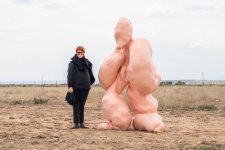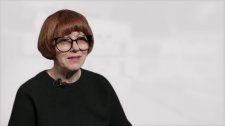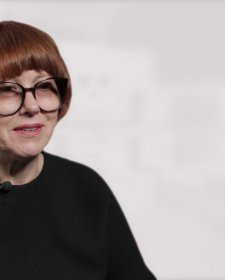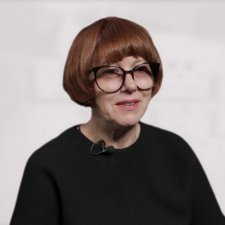- About us
- Support the Gallery
- Venue hire
- Publications
- Research library
- Organisation chart
- Employment
- Contact us
- Make a booking
- Onsite programs
- Online programs
- School visit information
- Learning resources
- Little Darlings
- Professional learning
Bruce Gyngell (1929–2000) presided over the first commercial television transmission in Australia, launching the medium here with the now famous phrase: 'Good evening, and welcome to television'. The great-grandson of the man who'd provided the fireworks for Queen Victoria's wedding, Gyngell was born in Melbourne, educated at Sydney Grammar and got work as a disc jockey with the ABC when he was (briefly) studying for a degree in medicine. He was 22 when Sir Frank Packer offered him a job at Australian Consolidated Press. When Packer was awarded one of Australia’s first two commercial television licences, Gyngell went to New York for a two-year traineeship and returned for the launch of Channel 9 in September 1956. He was managing director of Nine from 1964 to 1969, when he joined Channel 7. Moving to Britain in 1972, he was deputy chairman of ATV and chaired the ITV planning committee before returning home to become Chairman of the Australian Broadcasting Tribunal and, later, the inaugural CEO of Channel O – now SBS. As managing director of Britain's TV-am from 1984 to 1992, he was credited with introducing the 'sofa format' to breakfast television. Following another stint at the helm of Nine in Australia, he became chief executive of Yorkshire Television in 1995 and remained in this role until the network was taken over by Granada in 1997. By the time he was honoured with a Royal Television Society lifetime achievement fellowship in 1999, he had been diagnosed with lung cancer (despite having never been a smoker). Nicknamed 'The Pink Panther' for his love of the colour, Gyngell was described on his death in September 2000 as 'the Australian inventor of British breakfast television' and 'one of the most colourful, idiosyncratic and domineering of media pioneers'.
Purchased 2022
© Polly Borland



On one level The Companion talks about the most famous and frontline Australians, but on another it tells us about ourselves.



Polly Borland talks to Oliver Giles about the celebrity portraits that made her name and why she’s now making more abstract art.



Australian photographer, Polly Borland, describes the hectic experience of photographing Her Majesty Queen Elizabeth II.